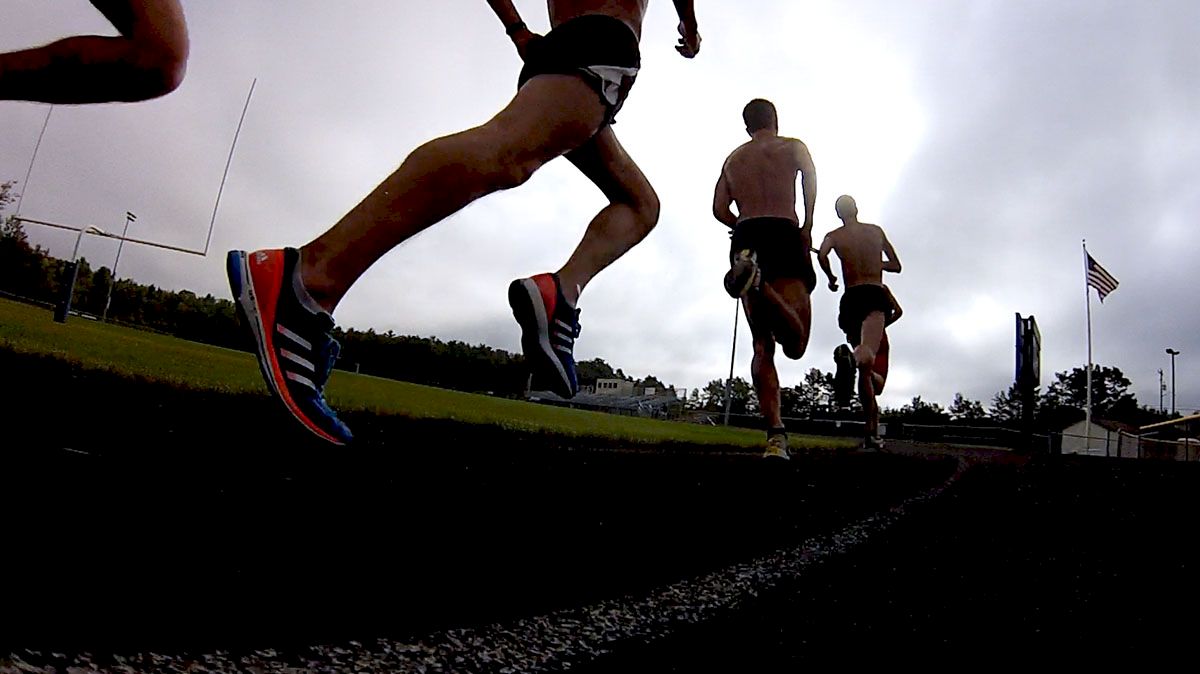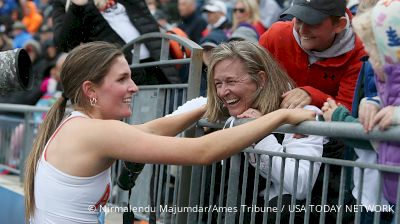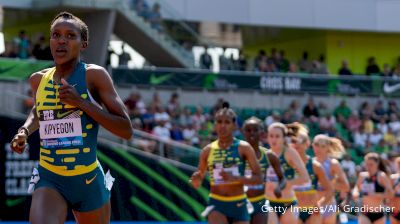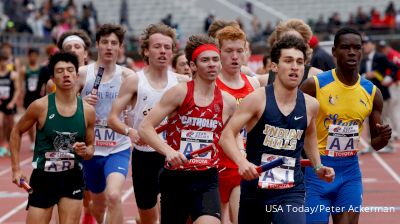Detecting Gene Doping by Danny Mackey
Detecting Gene Doping by Danny Mackey

Detecting gene doping
(this is the 4th article in a series of 4 focusing on Gene Doping)
by Danny Mackey M.S.
I raced last week and it was a disaster. In the beginning of the last article I talked about how my workouts had been coming along and I was excited to race. But, sometimes the equation does not make sense. I felt horrible physically, and when things started going bad I think I subconsciously disengaged (then the race went down hill even more). So to keep it short, the lesson I learned from the race was I should have “manned-up” (as my coach said), it is better to run a C race verses an F race. As athletes, we expect an A race, it is a part of why we toe the line, but the great ones always run somewhat close to their best, even on off days.
This is the final article in the series. We are going to look at briefly how to the doctors can catch the testers. The task is difficult, but we need to keep the faith!
Also the picture gets painted a little more grim because over the past 2 weeks there was been some interesting reads relating to the topic of gene doping. http://www.telegraph.co.uk/sport/othersports/drugsinsport/3463606/Drug-cheats-may-benefit-from-gene-work-on-dogs-Athletics.html
The Agency for Cycling Ethics, or ACE has also shut down.
http://sports.espn.go.com/oly/cycling/news/story?id=3683023
Both links relate more the 1st-3rd articles in this series but I since they are so current, if you are interested in this topic you should give them a quick read......
The WADA has gene doping on the list of banned methods for almost 5 years but the strategies for catching cheaters is as uncertain as using gene doping is for the athletes. Since gene doping is going to be reality in the near future if not already (most experts feel that the 2012 Olympic will be the first gene doping Olympics but Beijing was probably the first), in 2004 $14 million for a research project was used from the WADA to develop anti-doping tests (10).
One way to catch gene doping is to focus on the viral vectors used to carry the gene. The WADA may assess the athlete’s immune response to these viral vectors. The WADA can look at the antibodies in the athlete’s blood to determine if doping was the cause of the immune response (16). The problem with only looking at the immune response will be deciphering if a viral vector or a natural virus caused the response in the athlete.
The structural differences between the athletes own natural proteins and expressed proteins can be possibly used for detection. Animal studies using the EPO gene have shown small structural differences from the endogenous genes (18). The reason for the difference may be the proteins injected into the animal may not go through the same post-translational modifications because they are coming from different cells.
Finally, proteomic profiling of athletes along with DNA microassays has been proposed as a potential method to detect gene doping. The WADA tester can look at expression profiles of endogenous genes that may be altered after the expression of a foreign gene (18). The proteomic profiling of athletes will show any change that may have resulted from gene doping.
When we watch athletes compete, questions may arise as to how the athlete came to achieve that performance. Was it because of hard work, good coaching or natural talent? Natural talent is associated with genes, but where did the genes from, the athlete’s parents or a scientist? Sports will evolve and the methods of cheating will evolve along with the sport. As gene therapy researchers learn more about the process the detection strategies will improve (so keep the faith)!
“Detection technologies are not static, Detection will improve. Then who will get ahead of whom?” - Dr. Tom Friedman.
Related Content
 Replay: LHSAA Class 3A Region 2 | Apr 24 @ 5 PM
Replay: LHSAA Class 3A Region 2 | Apr 24 @ 5 PMApr 25, 2024
 The Drake Relays Are This Weekend In Des Moines. Here's What To Know
The Drake Relays Are This Weekend In Des Moines. Here's What To KnowApr 24, 2024
 How To Watch The Diamond League Shanghai / Suzhou 2024
How To Watch The Diamond League Shanghai / Suzhou 2024Apr 24, 2024
 Diamond League Shanghai / Suzhou 2024 Schedule: What To Know
Diamond League Shanghai / Suzhou 2024 Schedule: What To KnowApr 24, 2024
 How To Watch The 2024 Payton Jordan Invitational
How To Watch The 2024 Payton Jordan InvitationalApr 24, 2024
 Sinclaire Johnson, Courtney Wayment To Star At Payton Jordan Invitational
Sinclaire Johnson, Courtney Wayment To Star At Payton Jordan InvitationalApr 24, 2024
 Penn Relays Qualifying Standards For 2024: Here's What To Know
Penn Relays Qualifying Standards For 2024: Here's What To KnowApr 24, 2024
 How to Watch: 2024 WVSSAC Outdoor Championships | Track and Field
How to Watch: 2024 WVSSAC Outdoor Championships | Track and FieldApr 24, 2024
 Penn Relays 2024 Preview Hype
Penn Relays 2024 Preview HypeApr 23, 2024